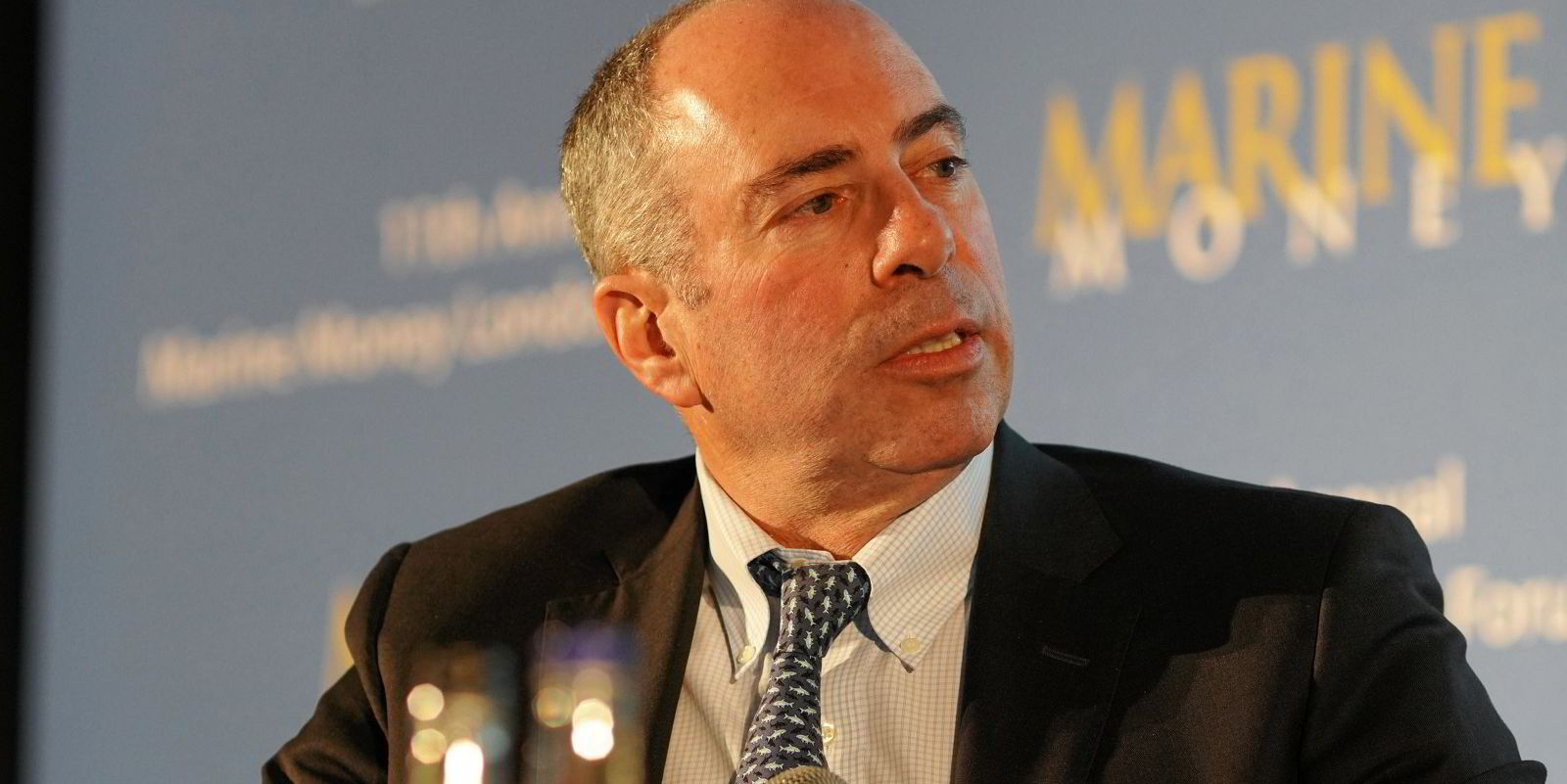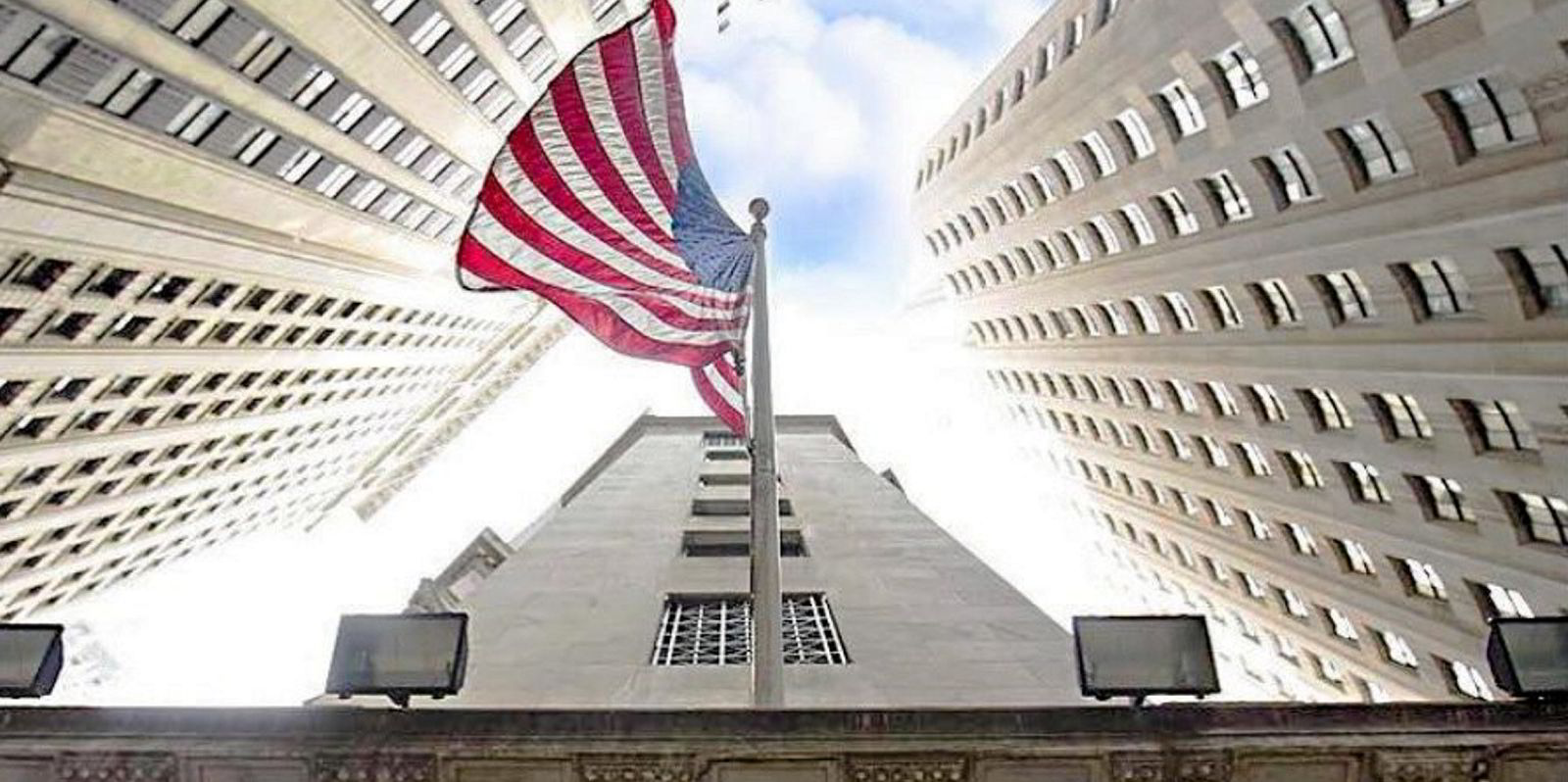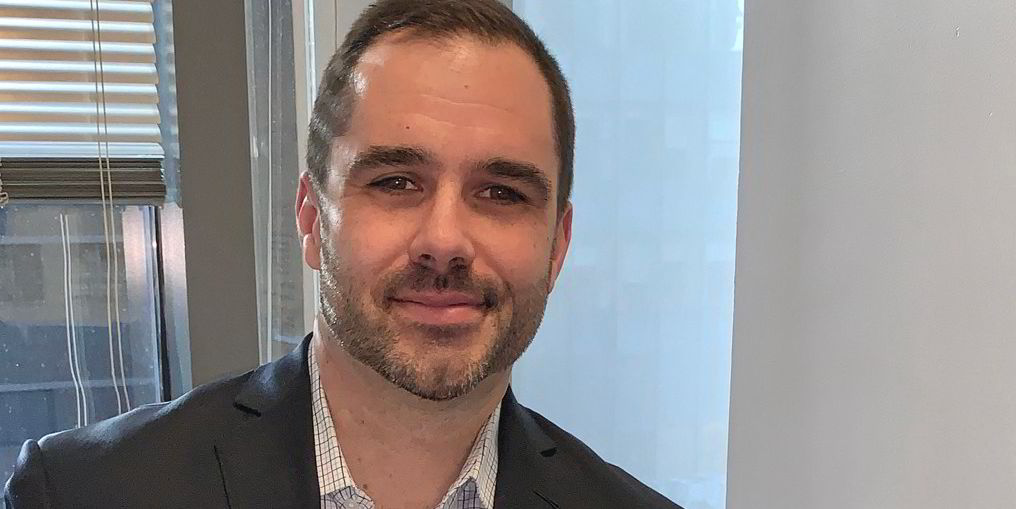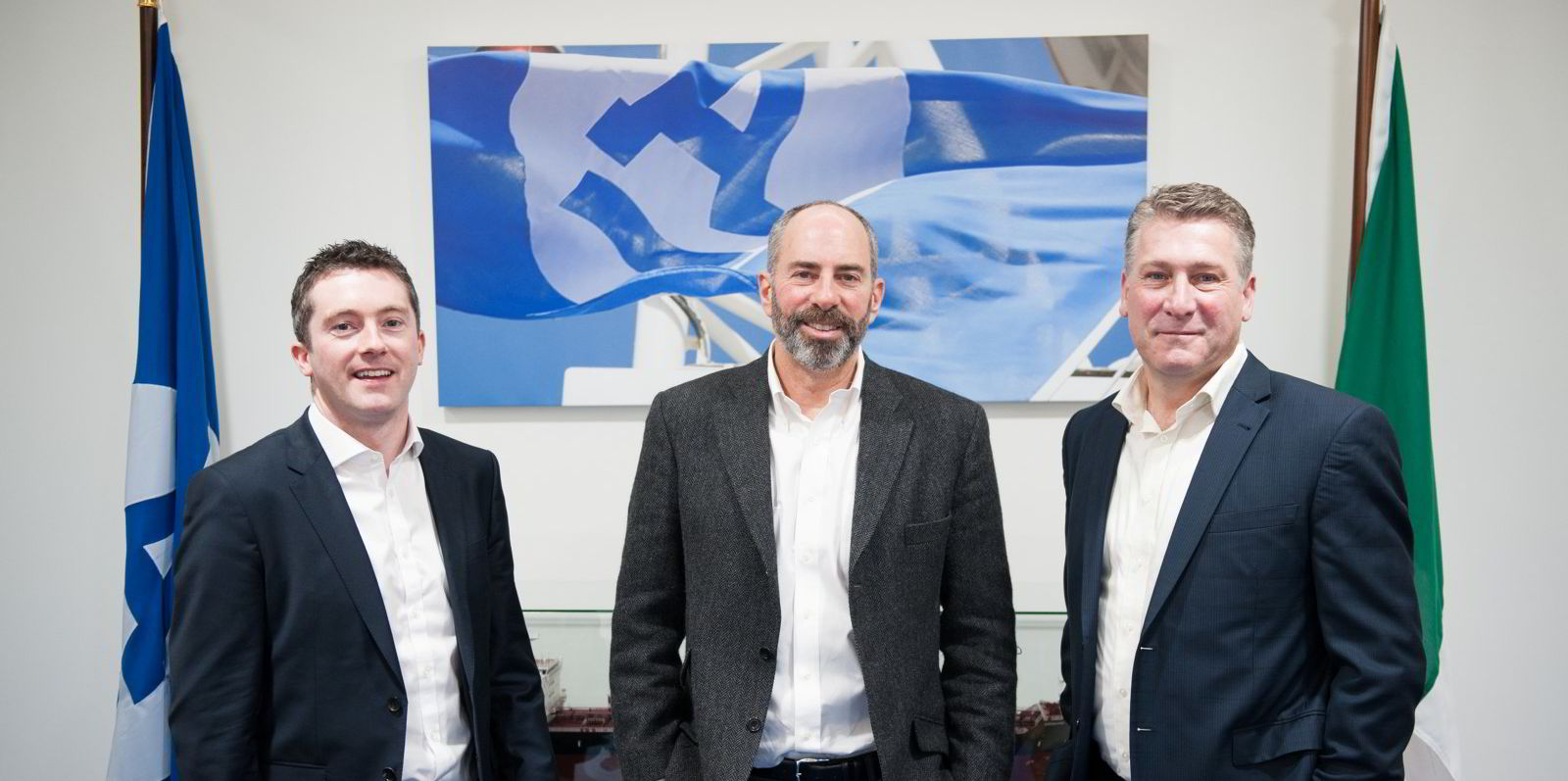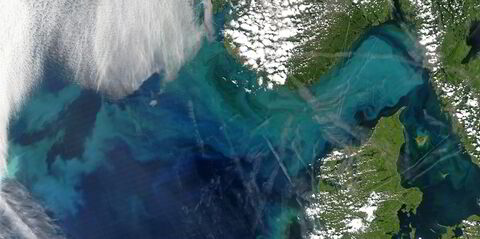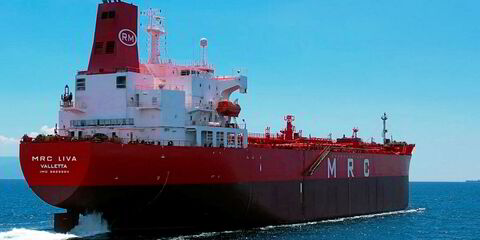Ardmore Shipping is seeing lower forward bookings in a seasonally weak third quarter atop another loss in the second quarter.
The New-York listed company, however, still beat the drum of a demand-driven recovery beginning in the last three months of 2021.
The Irish product tanker owner was able to narrowly beat the consensus earnings expectations of Wall Street analysts as it chalked up an adjusted loss of $7.6m, or $0.23 per common share, against predictions of a $0.28 deficit.
The unadjusted loss was $8.1m, or $0.24 per share. The result turned around a second-quarter 2020 adjusted profit of $13.7m, or $0.41 per share. Revenue declined to $47.3m from $67.9m in the year-ago period.
Ardmore shares slid more than 6% in morning trading on the New York Stock Exchange, likely as a result of weaker-than-expected third-quarter bookings of $10,000 per day for its MR tankers and the same figure for chemical carriers, with 40% and 35% of days booked, respectively.
The broader market and most shipping shares also were down on Tuesday morning, but closest peer Scorpio Tankers was off only 2%.
"We are now in a seasonally slow charter market, which we believe will persist through August, but thereafter we expect charter rates to improve markedly through the autumn and into the winter months," said chief executive Anthony Gurnee in the earnings statement.
"Increasing refinery dislocation, which has accelerated as a result of the pandemic, is boosting tonne-mile demand for product tankers, and we believe this positive impact will be more evident as aggregate oil demand returns to pre-Covid levels this winter."
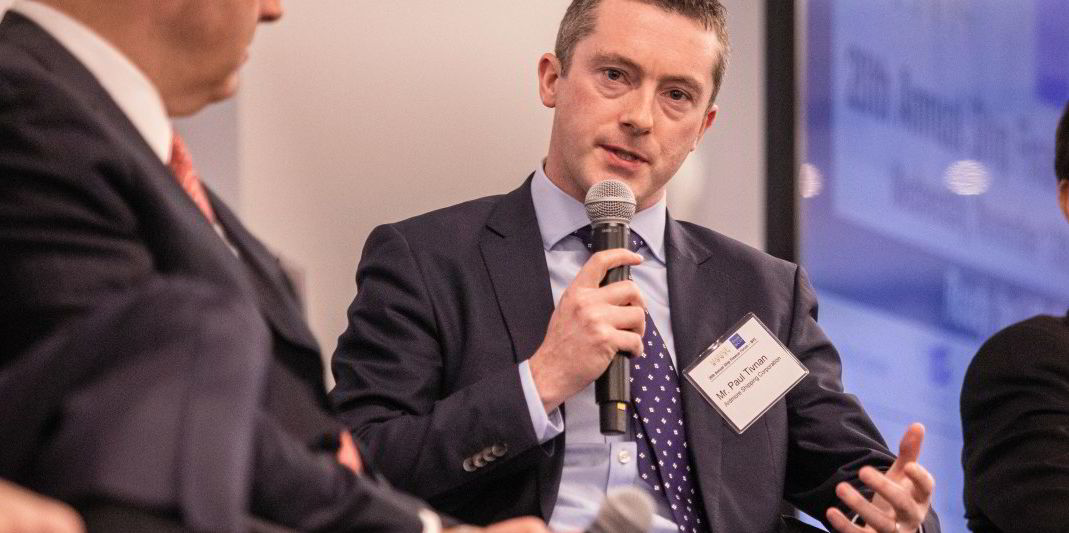
Ardmore's rates did improve in the second quarter, but only just. Its MRs earned $11,640, up from $11,540 per day in the first quarter, while handysize units fetched $12,308 from $11,944 over the same period.
Through a package of financial measures, Ardmore was able to end the quarter with $55.4m in cash, down only $3m from its position at the end of 2020. Total liquidity was $77m, including amounts undrawn under credit facilities.
Ardmore bolstered its position by refinancing two tankers — the 49,900-dwt Ardmore Seawolf and Ardmore Seahawk (both built 2015) — with an existing lender. The switch from conventional mortgage debt to sale-leaseback financing unlocked $15.5m in cash.
Ardmore also received $25m in cash from financial firm Maritime Partners, in the form of 8.5% preferred shares. This was in connection with Ardmore's previously announced investment in Element 1 Corp's methanol-to-hydrogen technology through the e1 Marine joint venture.
With regard to the sale-leasebacks, chief financial officer Paul Tivnan told equity analyst Jonathan Chappell of Evercore ISI that Ardmore has eight to 10 more tankers that could be refinanced in a similar fashion.
"But we have a strong enough liquidity position now and it doesn't feel like there's a need to do any more refinancings," Tivnan said on Ardmore's earnings call on Tuesday.
Ardmore also announced that it is installing Lean Marine's FuelOpt automated propulsion system across its fleet after positive results with one trial vessel. The installations will not require dry-docking time, Gurnee told analysts.
"The cost is probably $2m across the fleet and the [internal rate of return] is about 75% – it can be done on the run," Gurnee said.
For the first half of 2021, Ardmore reported a net loss of $16.6m, or $0.50 per share, versus a profit of $20.1m, or $0.61 per share, in the first six months of 2020.
